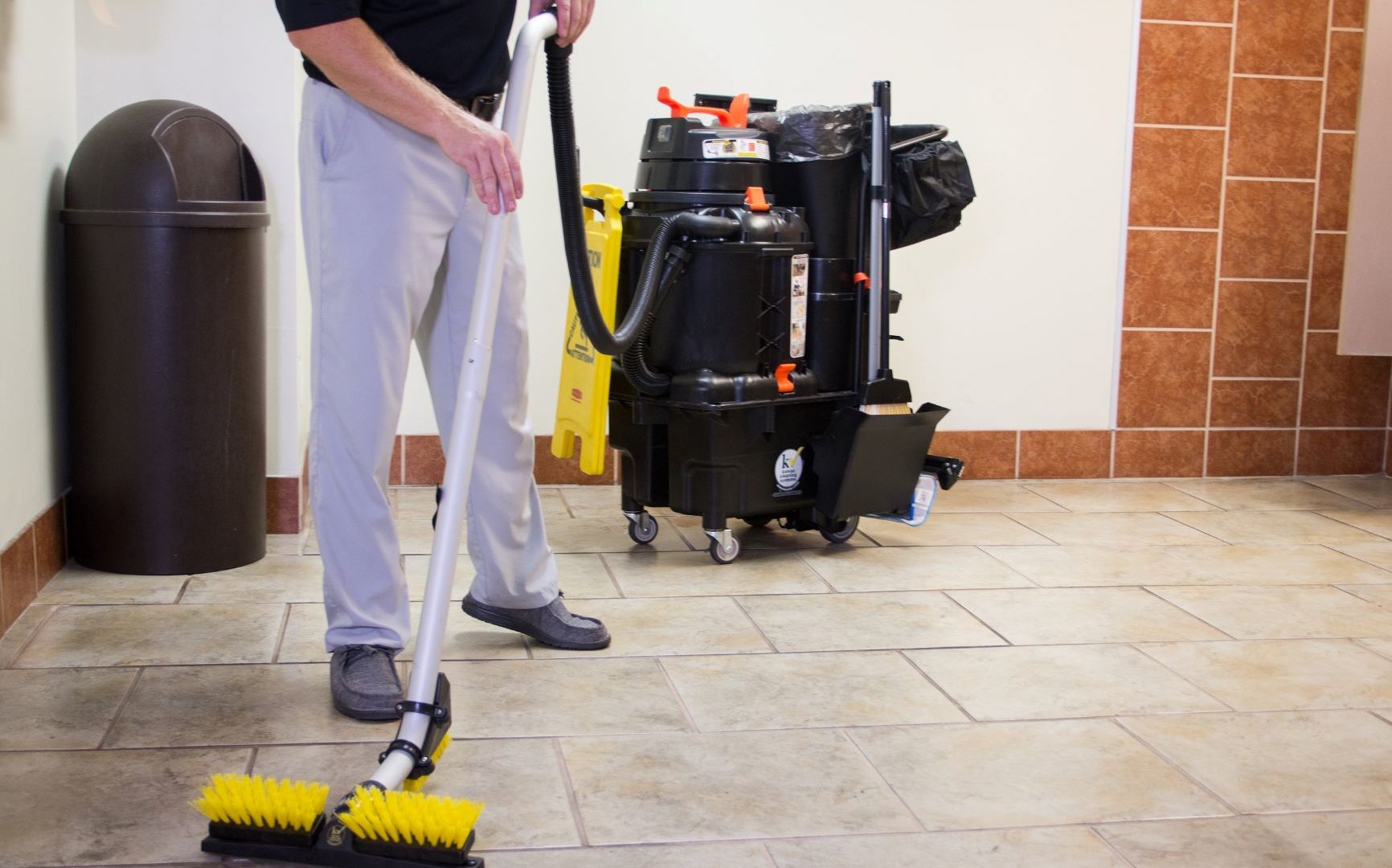By Marc Ferguson
As this is being written, we are witnessing an alarming increase in COVID cases around the United States. Some states are on the verge of shutting down once again, while others are looking to see if they can take incremental steps to help bring the case numbers down.
As a faithful churchgoer who honors and recognizes the importance of worship and a member of the professional cleaning industry, I personally and professionally am very disturbed about these numbers. Further, it is inspiring me to look into more ways to turn this situation around.
How the Virus Spreads in Churches
Before we examine the steps that should be taken, we need to explore some of the specific issues that make worship facilities more vulnerable to the spread of this disease.
Churches are designed to bring people together for fellowship, community, and public worship. Social distancing was never part of the plan. Unfortunately, it is in this proximity that viruses such as COVID are transmitted.
Churches tend to be places for people of all age groups to gather. With COVID, this mixture of age groups, and the fact that some age groups may have the disease but be asymptomatic is a grave concern.
Most houses of worship pride themselves on large attendance. But large numbers of people all under one roof can be dangerous due to COVID pathogens remaining airborne.
Choirs are an especially important part of a church service. Typically, rehearsals can last two or three hours and bring people together in close quarters. However, as we sing, we release particulates into the air at a rate of 100 to 200 per minute, where they may be inhaled by others nearby. If those particulates carry the pathogens that cause COVID, it is easy to see how quickly the disease can spread. According to Steve Grove, Minnesota Commissioner of Employment and Economic Development, “singing is perhaps the most dangerous activity for community spread.”
Many areas of a church are used for a multitude of purposes such as meetings, childcare, classes, and other activities. If the virus is present on furniture in these multi-purpose rooms, the furniture can become “fomites,” having the potential to spread infection to others as they are touched.
What We Can Do
The first thing worship facilities must do to keep their facilities open and church members healthy is to accept the reality: COVID is here, it is serious, and deadly. A few months back, some church leaders were in denial about the seriousness of the virus. This is human nature and frequently the first response to shocking news.
With acceptance of this reality, here are more steps they can take:
- Do not become a COVID news addict but do stay informed about the disease from credible sources.
- Continue to offer online services. Some congregants may not want to return to worship facilities at this time.
- Require everyone attending to wear a mask; “chin guards” are not masks.
- Check ventilating systems and see if these can be adjusted to allow more fresh air to circulate within the building.
- Phase in occupancy starting with small gatherings, 20 to 50 people at first. This will also allow administrators to know what steps are needed to safely bring more people into the church.
- Over-communicate with congregants; discuss steps the church is taking to protect their health and why administrators need their assistance.
- Require social distancing in all common areas.
- Limit the number of people using restrooms at one time.
- Break up sanctuary seating so there is greater separation between congregants.
- Increase the number of services throughout the week to help decrease the number of people attending at one time.
- Reduce the length of the service, limiting the amount of time congregants must stay in the building.
- Eliminate choirs; look for other music options that require fewer people.
Cleaning and Maintenance
Without question, cleaning and maintenance protocols must be reviewed. We are finding that disinfectants are being overused in all types of facilities, including churches. Only use disinfectants to kill pathogens on surfaces touched by many people.
Also, remember disinfectants are not “cleaners.” They kill pathogens. Because of this, surfaces must always be cleaned first and then disinfected.
Instead of more disinfecting, focus on more effective cleaning using the right tools, cleaning solutions, and methods.
As to the right tools for effective cleaning, when cleaning restrooms and hard surface floors, we must eliminate mops, buckets, cleaning clothes, and sprayers as much as possible. These traditional cleaning tools can also become fomites, with the potential to spread disease, not stop it.
A cleaning alternative now being used in many schools, commercial facilities, as well as worship facilities is the use of no-touch or spray-and-vac cleaning systems, as they are called by ISSA, the worldwide cleaning association.
Among the key benefit of these machines is that fresh cleaning solution is always being applied to surfaces. Further, no soiled mops or cleaning cloths are used in the cleaning process, helping to stop the spread of infection.
And while the developer of these machines does not recommend it, studies have indicated these machines can remove pathogens from surfaces without the use of disinfectants. (Disinfectants listed on the N-List are now available for at least one spray-and-vac system. The N-List was created by the Environmental Protection Agency. Disinfectants on this list are proven effective against COVID-19 pathogens)
Finally, it is now recommended to only use vacuum cleaners with HEPA filters. These filters help prevent any COVID pathogens from becoming airborne in the vacuuming process.
One of the things that hopefully will last forever is that as we get on top of this pandemic and get it behind us, our church facilities – and all facilities – will be healthier places than ever before.
Marc Ferguson is the vice president of global sales for Kaivac, developers of professional cleaning equipment designed to protect health and stop the spread of infection, www.kaivac.com.














